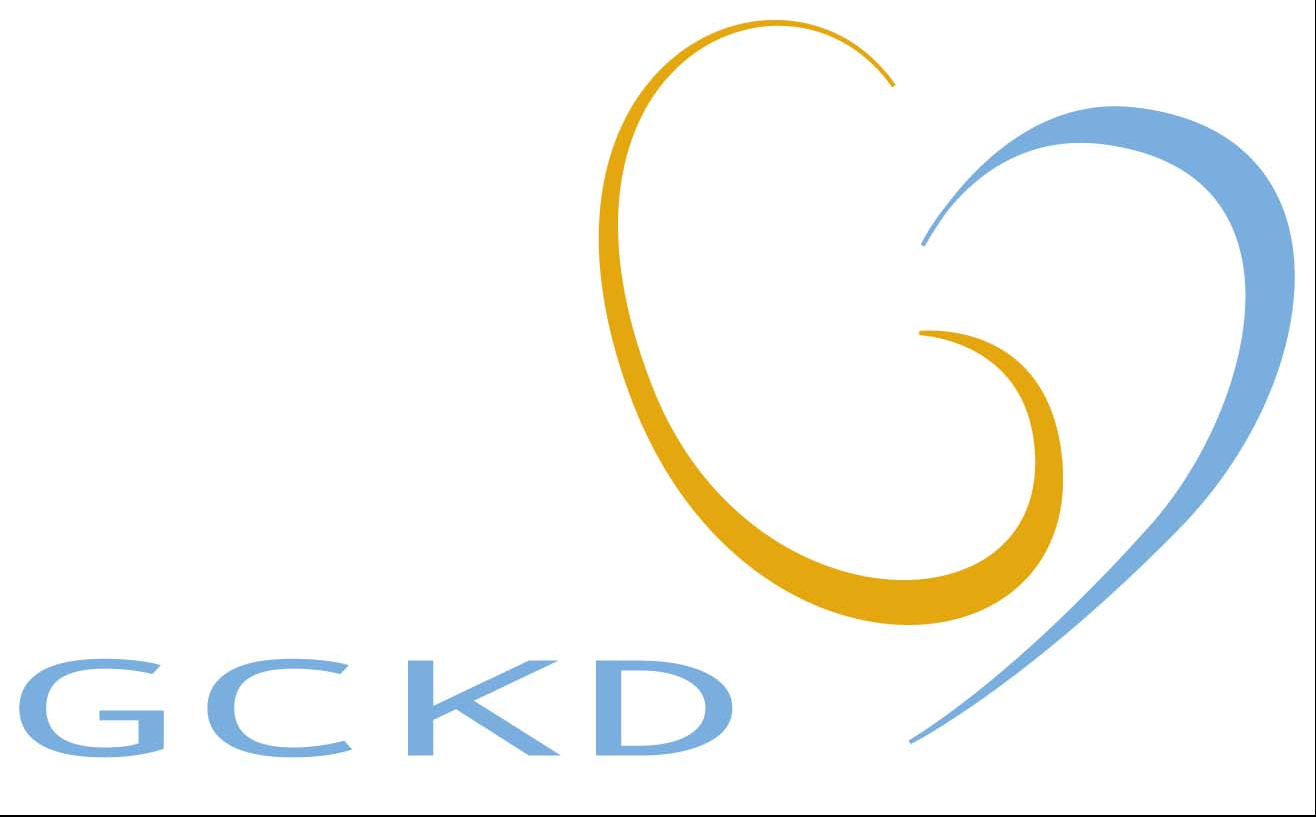
Welcome to the German Chronic Kidney Disease (GCKD) study event site!
General informationThe GCKD study is a prospective CKD cohort of 5217 participants recruited between 2010 and 2012. Inclusion criteria were: age between 18-47 years and an eGFR between 30-60 mL/min/1.73m2 or an eGFR >60 mL/min/1.73m2 in combination with overt proteinuria. Exclusion criteria included non-white race, solid organ or bone marrow transplantation, active malignancy within 24 months of screening, NYHA IV heart failure or those under legal guardianship.
For more information on the study design and baseline disease burden in the GCKD study see the following publications:
Study design:
KU Eckardt et al., Nephrology Dialysis Transplantation, Volume 27, Issue
4, April 2012, Pages 1454
Disease burden at baseline:
S Titze et al., Nephrology Dialysis Transplantation, Volume 30, Issue 3,
March 2015, Pages 441
On the GCKD study event site you can explore all adjudicated event types comprehensively and interactively by specific baseline variables such as sex, age, eGFR category and more. Two main plot types are available for your tour of GCKD study events over a 6.5 year follow-up period (data freeze 03/2021): barplots and treemaps. Both plot types contain events including recurrent events.
For further information please contact the GCKD-project center: https://www.gckd.org/.
Principal Investigator: Prof. Kai-Uwe Eckardt;
Study coordination: Dr. rer. nat.
Heike Meiselbach (Ulmenweg 18, 91054 Erlangen, Germany; phone number: +49
9131 85-43068; email:
heike.meiselbach@uk-erlangen.de
)
Barplot
When exploring the GCKD study event barplots you can choose different options to customize your plot by selecting a plot type option: stack (stacked bars) or dodge (bars beside each other). You can then select the main event categories that interest you. Main event categories can be removed from the menu by deleting event categories, and you can reselect event categories by pressing Enter or selecting categories from the drop down menu. Subcategories are selected by holding down the Ctrl key and clicking on the desired subcategory.
Use the slider below the subcategory field to adjust the minimum total number of events displayed in each subcategory. Event numbers and letters are described in a catalogue underneath the event plot. Only events from the main category and one subcategory are described in the event description of the barplots, but the GCKD study allows up to five subcategories per main event category and event.
A detailed description and further analysis of all events can be found in I Steinbrenner & F Kotsis et al., Adverse events and mortality in a large chronic kidney disease cohort (to be published soon). The event description can also be searched using the search bar on the right. Further customization of the displayed barplots can be achieved by selecting or deselecting baseline variables. You can choose from a list of eight variables, namely: sex, age, estimated glomerular filtration rate (eGFR), urinary albumin to creatinine ratio (UACR), body mass index (BMI), prevalent diabetes (diabetes), cardiovascular disease (CVD) history, and smoking.
Treemap
When exploring the GCKD study event treemaps you can customize your plot by choosing from a set of baseline variables on the left side of the site. You can choose from a list of eight variables, namely: sex, age, estimated glomerular filtration rate (eGFR), urinary albumin to creatinine ratio (UACR), body mass index (BMI), prevalent diabetes (diabetes), cardiovascular disease (CVD) history, and smoking.
Clicking on a treemap category will select the event subgroup. Hovering above an event category will give you the number of events within the field as well as a preview of the number of underlying subcategories. Clicking on the bar above the treemap will move you up one category until you are back at the main treemap consisting of eight categories. When selecting/deselecting baseline variables on the left the treemap will be set to the main event categories again.
Event numbers and letters are described in a catalogue underneath the event plot. All events with subcategories having more than five events per category are shown and described. A further description and analysis of all events in the GCKD study after 6.5 years of follow-up can be found in I Steinbrenner & F Kotsis et al., Adverse events and mortality in a large chronic kidney disease cohort (to be published soon). The event description can also be searched using the search bar on the right. Further customization of the displayed barplots can be achieved by selecting or deselecting baseline variables. You can choose from a list of eight variables, namely: sex, age, estimated glomerular filtration rate (eGFR), urinary albumin to creatinine ratio (UACR), body mass index (BMI), prevalent diabetes (diabetes), cardiovascular disease (CVD) history, and smoking.